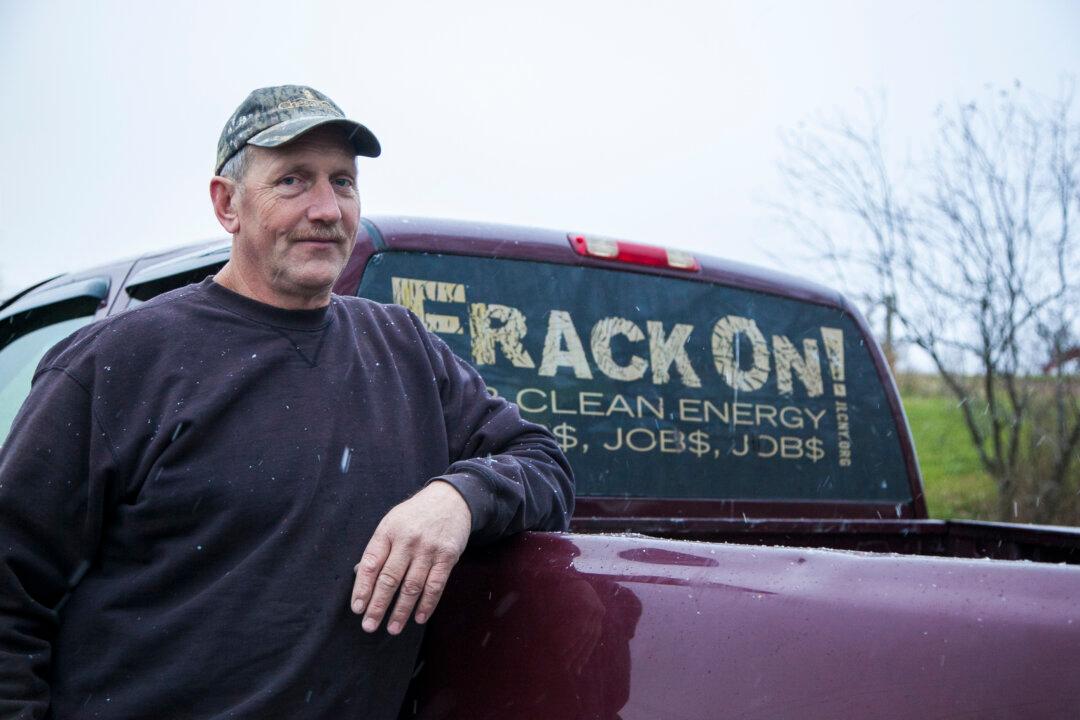When the announcement came out last December that New York was banning fracking, people mistakenly believed that all forms of fracking were no longer allowed.
But now the word is out that a less invasive form of fracking is still permitted causing upstate New York towns to amend their zoning laws to allow fracking.
Fracking Versus Hydrofracking
Hydraulic fracturing, or simply “fracking,” is still permitted in New York and approximately 90 percent of oil and gas wells are fracked, according to the New York Department of Conservation (DEC) website. This method involves drilling a single well using 80,000 gallons of water and additives, and is reported to have less environmental impacts than the other, still banned, kind of fracking.
The ban applies to a more invasive method, which involves pumping millions of gallons of water and additives, called high-volume fracking, or “hydrofracking.” It has a much more significant impact on the environment.
The subject of fracking in New York escalated after the discovery of the oil-rich Marcellus Shale, which can only be penetrated using hydrofracking.
Fracking in general is used when there is not enough natural porosity to extract the fluid, so localized fractures have to be induced to add a pathway for the fluids to be removed.
“For almost all shale wells, you really do need to frack or else it’s like drilling in cement, there’s just no way for fluids to get through it,” according to John Hickman, a research geologist at the University of Kentucky.
Upstate New York Landowners Want Fracking
Landowners in the town of Windsor in Broome County, N.Y., who were floored by the news that fracking was banned have found some solace in knowing that they still have the right to develop their mineral rights. The only question is whether or not the town sits above formations that can be legally drilled.
Town Supervisor Carolyn Price said a formation called Trenton-Black River can be drilled without using the more invasive fracking method, but she doesn’t know if it is located in Windsor.
According to Hickman, who participated in a 2005 geologic study of Trenton-Black River across the Appalachian Basin, Trenton-Black River is found below the Marcellus Shale and fracking is not necessarily needed to drill this formation because there is already inherent porosity in the rocks. Yet despite not being strictly necessary, Hickman said fracking is usually performed.
According to the DEC, Trenton-Black River has been drilled since 1985, primarily using horizontal drilling techniques, which implies fracking.
Local towns can pay for a geological survey, which is costly, to determine the presence of different formations. Yet Hickman notes that despite best predictions, only 3 out of 10 potentially viable formations end up being productive wells.
Although no surveys have been conducted in Windsor to determine the likelihood of different formations, Price said the town board is looking into amending its comprehensive plan to permit fracking.
“First you have to decide whether or not you’re allowing it and then you need to look at your zoning laws to make the zoning laws fit what you’ve said is allowed,” she said.
The town board and planning board are currently working on draft language that could be added to the comprehensive plan, then public hearings will be held before the board takes action on the final language.
Some towns have already amended their comprehensive plans and there are other towns looking into making the same amendments.
“It’s an individual town that decides whether or not it is an allowed use. There is a process that you have to go through,” Price said.





